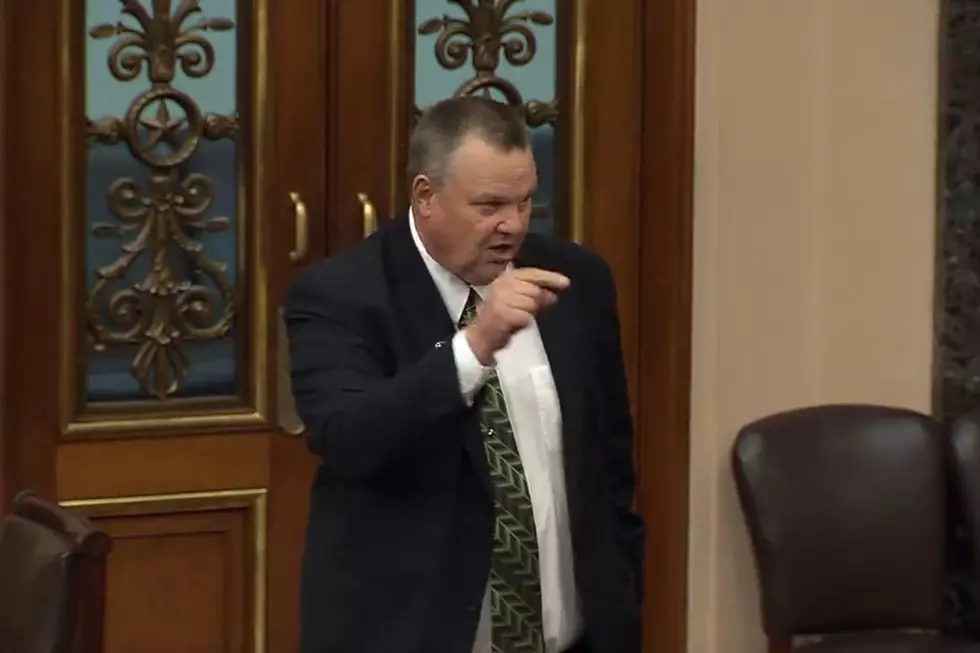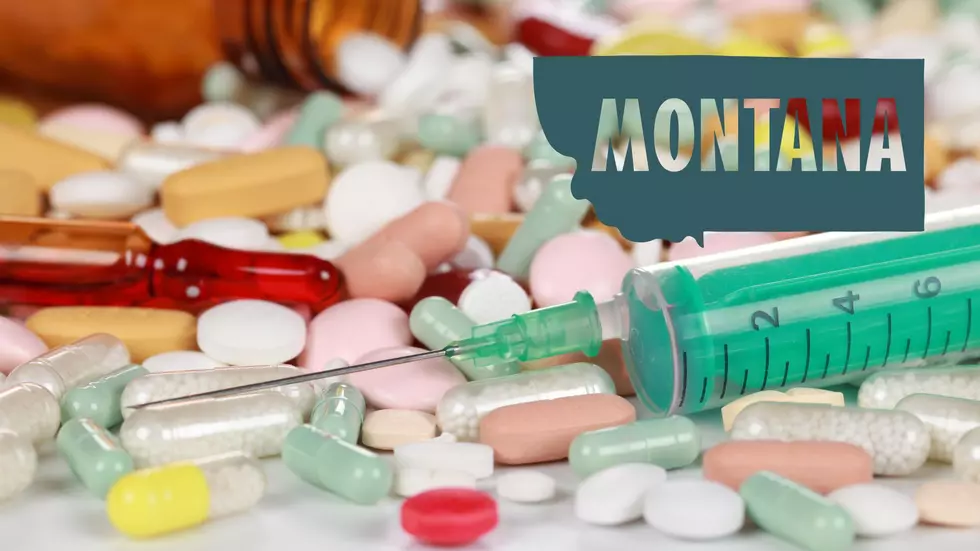
Tester Helps Deliver For Montana’s Servicemembers, Veterans, And Ag Producers
The Senate appropriations committee recently passed the FY 2024 funding bill that includes provisions fought for by Montana's senior senator.
As a senior member of the Senate Appropriations Committee, U.S. Senator Jon Tester joined his colleagues recently in unanimously passing the Fiscal Year 2024 Military Construction, Veterans Affairs, and Related Agencies Appropriations Act, and the Agriculture Appropriations Act through the committee, clearing a major legislative hurdle.
In the bills, he helped secure critical funding and provisions to support military projects and the expansion of medical care and benefits for veterans, as well as critical agricultural research and resiliency programs to support farmers and ranchers in Montana and across the country.
“Montanans sent me to the U.S. Senate to represent their interests and that means fighting for the critical programs that our rural communities rely on,” said Tester. “Whether it’s ag research and resiliency initiatives, benefits and health care for our veterans, or housing assistance and childcare for our servicemembers and their families, these critical programs are literally keeping rural America alive, and they’re playing a key role in defending our country’s food security and national security. At a time when our foreign adversaries are threatening our position as the world’s leading power, we’ve got to pass a government funding bill that pushes us forward militarily and economically, and that means supporting and tapping into the potential of our rural communities. I am confident that this bill will do that, and I’ll keep working to get it signed into law.”
Among the military-related provisions Tester successfully included are:
- $16 billion for military construction projects including:
- $1.9 billion for family housing for service members and their families;
- $293 million for the NATO Security Investment Program to respond to threats from our foreign adversary Russia;
- $224 million for Child Development Centers;
- $188 million for Arlington National Cemetery; and
- $30 million for fuel facilities at Great Falls International Airport.
Among the veterans provisions Tester successfully included are:
- $121 billion for VA medical care including:
- $16.2 billion for expanding mental health, including under Tester’s Hannon Act and his Post-9/11 Veterans Mental Health Care Improvement Act;
- $5.2 billion for expanding telehealth, including the telehealth access point grant program from Tester’s Hannon Act;
- $3.1 billion for programs to prevent and address veteran homelessness;
- $2.4 billion for the Caregivers Program;
- $1.3 billion for women’s health, including to 4,400 women veterans in Montana; and
- $347.5 million for rural health, including $15 million specifically for the Highly Rural Transportation Grants Program, which the Senator was instrumental in creating, to help veterans in rural areas travel to VA or VA-authorized care facilities.
- $151.4 billion for VA compensation and pension payments to veterans and their survivors;
- $8.5 billion in readjustment benefits for veterans’ education and training, including GI bill and Post-9/11 GI bill benefits;
- $1.72 billion in funding for the VA Home Loan program to help veterans, servicemembers, and their surviving spouses to buy a home or refinance a loan;
- $7.8 billion for VA infrastructure;
- $6.4 billion for information technology systems;
- $3.9 billion for VBA operating expenses to hire more claims processors to adjudicate veterans’ disability claims and reduce the backlog;
- $296 million for VA’s Office of Inspector General to conduct ongoing oversight and investigations of waste, fraud, and abuse;
- $164 million for the VA State Home Construction Grant Program; and
- $30.3 million for VA’s Office of Accountability and Whistleblower Protection to further protect whistleblowers and improve accountability at VA.
Tester also secured VA reporting requirements to compare hiring for rural facilities versus urban facilities, to ensure rural hiring is keeping pace, and to evaluate how VA survivors’ benefits can be modernized to meet the needs of today’s survivors. He also secured strong oversight language and funding reductions for VA’s troubled Electronic Health Record Modernization (EHRM) program to strengthen accountability for veterans and taxpayers.
Among the agriculture and rural development provisions Tester successfully included are:
- Funding and language to support more transparent and competitive livestock markets:
- $32.7 million for Packers and Stockyards Act enforcement
- $1 million to continue the Cattle Contract Library
- Report language supporting fairer and more transparency livestock markets
- Notably, this bill did not include a rider from the bill referred by the House that would have weakened the ability of USDA to enforce the Packers and Stockyards Act
- Funding to support research and extension activities across Montana:
- $4 million for the Barley Pest Initiative, which supports public research into over 20 different major insect, viral, bacterial, and fungal threats to barley production;
- $1 million to create a Wheat Resiliency Initiative, which will support research into common wheat pests;
- $15 million to fully fund the Wheat and Barley Scab Initiative, supporting work at Sidney, MT’s USDA research station
- $3.5 million for Appropriate Technology Transfer for Rural Areas (ATTRA); ATTRA is administered by the National Center for Appropriate Technologies (NCAT), headquartered in Butte, MT
- A $3 million increase for research projects conducted at Montana State University’s College of Agriculture focusing on:
- Water quality management systems;
- Precision agriculture research in the semi-arid West;
- Rangeland precision livestock management;
- $50 million to fund the Sustainable Agriculture Research and Education (SARE); SARE West headquarters is located in Bozeman, MT;
- Full funding for Special Supplemental Nutrition Program for Women, Infants, and Children (WIC), the Supplemental Nutrition Assistance Program (SNAP), and Child Nutrition Programs
- Support for critical rural development and housing programs at USDA, including:
- $558 million for the Rural Housing Program
- $671 million for the Rural Water and Waste Disposal Program, including support for the circuit rider program
- $6.3 million for the Rural Microentrepreneur Assistance Program (RMAP)
- Resources to keep our food system safe and secure:
- $1.895 billion for the Animal and Plant Health Inspection Service (APHIS)
- $1.205 billion for the Food Safety and Inspection Service (FSIS)
- Language urging USDA to make sure that any new livestock traceability rules work for livestock producers and auctions
- $1 million to modernize USDA’s system of tracking foreign farm land ownership
- $10 million for the Veterinary Medicine Loan Repayment Program.
- Support for the Pulse Crop Health Initiative and support the inclusion of pulses in school meals.
- Language directing USDA to elevate the Office of Tribal Relations to improve the ability of Native producers to access USDA programs.

Comet Ghost Town, Montana
More From KEYZ AM 660









